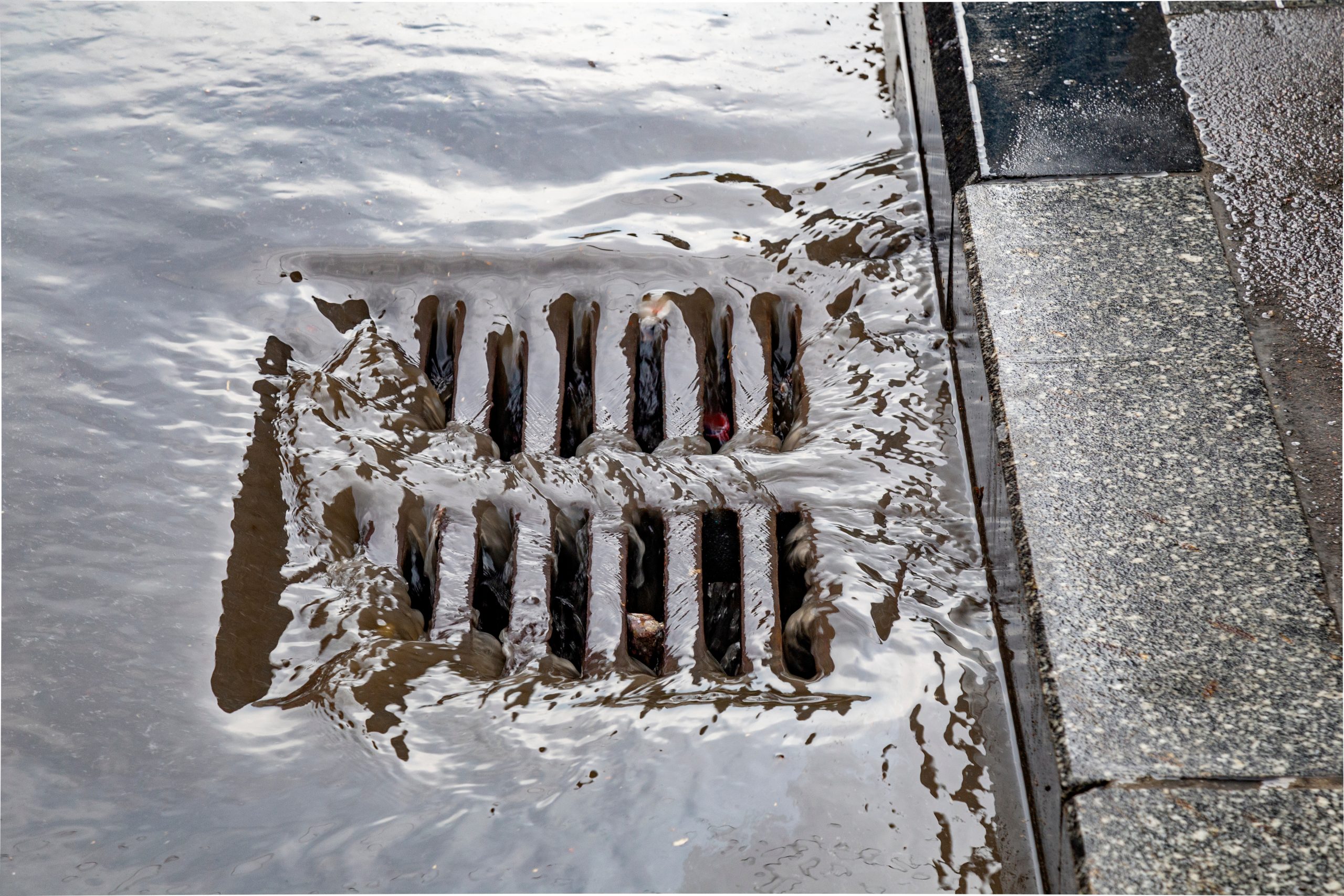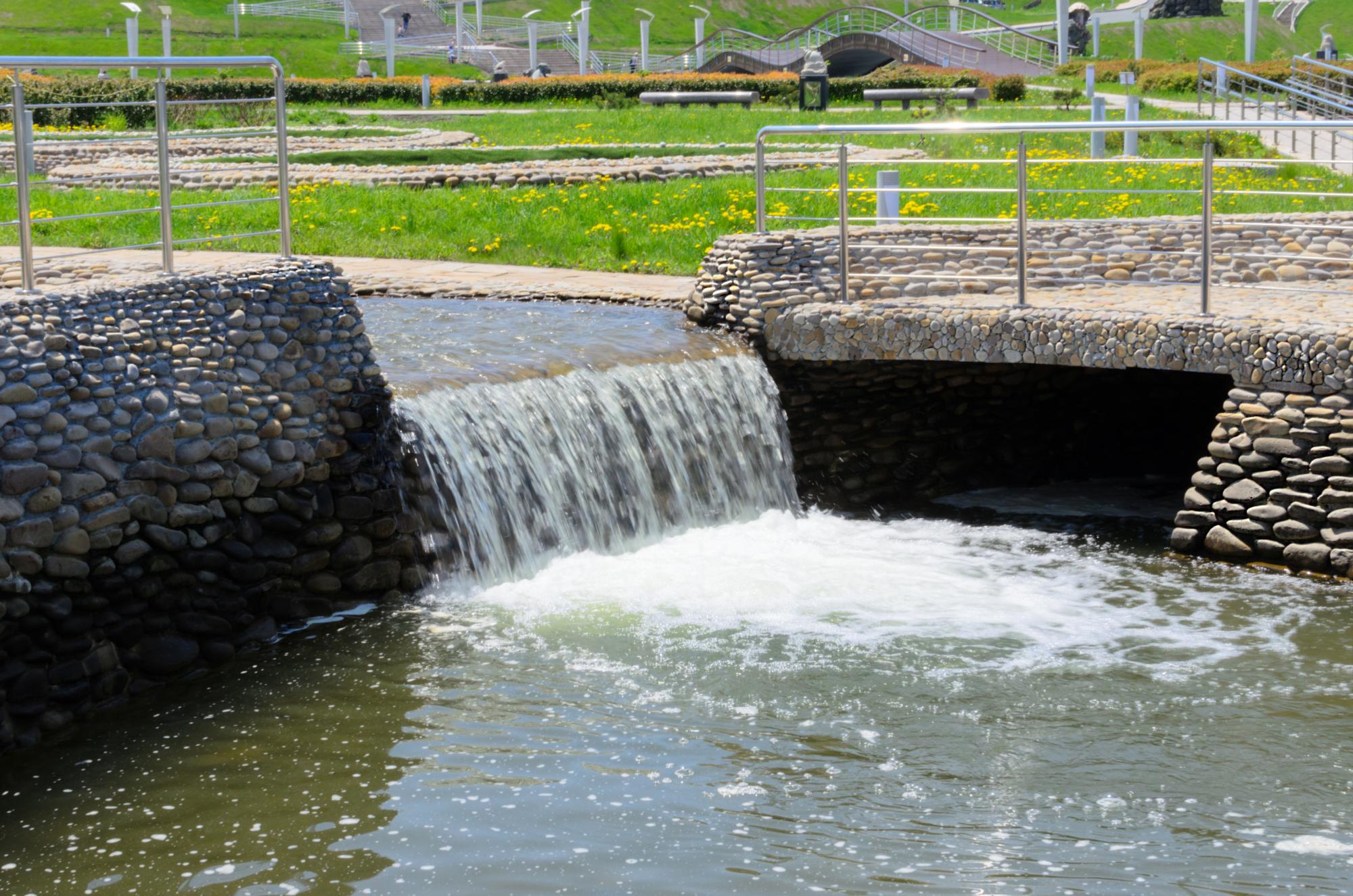Having everything on a construction site in check is essential for many reasons. It’s an excellent way to keep costs down, ensure a smooth process, and keep workers safe. However, some things are out of your control. That’s especially true when nature is a part of the factor.
A particular point of concern being rainwater.
You already know that the site disturbs the land around it. You can see that because vegetation, soil, and wildlife are naturally disrupted. What you might not consider, though, is how those changes impact the flow of rainwater.
An SWPPP, stormwater pollution prevention plan, is essential for many sites as the EPA demands it under certain conditions. If you’re not familiar with the process, you might consider hiring a company to build a plan for you.
After all, they specialize in this area, and the money you spend to have someone else do it can dramatically outweigh the time you spend catching up with everything there is you need to know.
What is an SWPPP and what does it do?
As we said, any construction site disturbs the land around it and directly impacts the natural flow of stormwater. So while it might seem minor at first, even the slightest shift can lead to significant consequences for the land around you.
Disrupting water flow may seem insignificant, but quite a few negative scenarios can come of it. For one, it can cause flooding. This is because rainwater follows a natural path. It will either drain into a stream or nearby body of water or soak into the ground.
Placing a construction site in the middle of that path can prevent this from occurring. When it does, the water may begin to pull up or flow to another body of water that’s nearby. This can create excessive erosion, disturb the ecosystems, and even kill some wildlife. It might also flow into the stormwater drains that aren’t equipped to handle the amount of water coming from your site, flooding the streets and otherwise.
Think about where that sediment and debris are going. Don’t just think of erosion as trenches forming and vegetation being disturbed. That can flow into streams or drains, damming them up, leading to flooding. It might also be carried into town, covering the streets and clogging storm drains.
The other primary concern is that the water can collect contaminants. As it flows over hard surfaces or falls onto materials that should be covered up, the water will become polluted. Should that water reach a nearby stream or the groundwater, both the wildlife and people could be at risk.
An SWPPP prevents these issues. It will outline the BMPs (best management practices) that your site should implore. BMPs include coverage of outdoor storage, sediment track-out controls, inlet protection, and even landscaping details that help to keep rainwater under control and free of pollution.
Who is responsible for SWPPP compliance?
Any time a project disturbs an acre of land or more, an NPDES (National Pollutant Discharge Elimination) permit is required. To receive this permit, an SWPPP must be submitted and approved. That means virtually any sizable commercial and many residential jobs are needed to build this plan.
It also doesn’t matter the nature of the facility. Whether it is a host of harmful chemicals or not isn’t important as the disruption of the land can be just as dangerous as pollution.
A qualified SWPPP developer must also create an SWPPP and, in some states, must be implored by a qualified SWPPP practitioner. That means someone on the construction team will either need to have these qualifications, or you will need to hire a company to help you with this.
There is the option to obtain these qualifications. However, that may postpone the project for some time, putting a major dent in profitability. Moreover, the added expenses of training and so on don’t make things any better.
Hiring a company to do this for you isn’t as expensive as you might think it to be. The average price of an SWPPP, not the implementation, runs from $1,000-$6,000—depending on the size and nature of the project. In the grand scheme of things, that’s a relatively minor expense, and it can save you thousands of dollars that are associated with the headaches of not being prepared or failing to build and execute a proper plan.
What is the minimum number of steps for implementing an SWPPP?
What is required of an SWPPP is dependent on the size and features of the construction site. So, what is necessary for one site is not necessary to the other.
However, these four steps will help any site build the right plan.
1. Form an SWPPP team:
Bringing in qualified personnel is the most crucial part. Building the right plan is dependent on their knowledge.
2. Identify potential sources of pollution:
This includes everything from hard surfaces, their location, chemicals, materials, and potential accidents that can lead to pollution.
3. Document pollution control measures:
Pollution control measures include measures to minimize exposure, prevent accidents, and manage water flow.
4. Describe inspection procedures:
Maintaining measures is just as important as installing them. Therefore, your plan must include explicit descriptions of how you intend to monitor and maintain the BMP’s your SWPPP implements.
You mustn’t just think of an SWPPP as another hoop to jump through. All of us need to protect the environment and surrounding buildings or towns. Without SWPPP’s in place, we can kill wildlife, destroy towns, and even cause harm to local residents.
In understanding this, you’ll know that you should put your best efforts into building and keeping up with your SWPPP.
Again, you don’t have to go about this alone. There are companies all over the country that specialize in this area. We at Path Light Pro are more than happy to provide you with their services by building a proper plan for you. Doing so is also the best way for many to ensure they have the best SWPPP in place. Contact our nationwide staff today for additional information.






